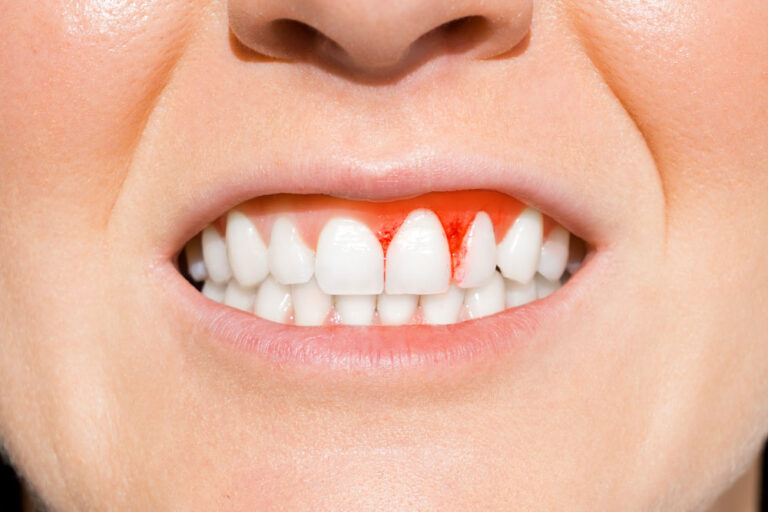Springfield offers a dynamic blend of art and history, making it an ideal destination for those looking to explore cultural landmarks. Museums, historic sites, and public art installations provide immersive experiences for visitors. Whether attending a special event or simply exploring, guests can engage with the city’s artistic and historical significance. Attractions range from fine art collections to preserved landmarks that tell the story of the region.
Explore the Springfield Museums
Among the various Springfield attractions, its museums stand out as they house an impressive collection of art, history, and science exhibits, offering something for every guest. The five museums on the Quadrangle include displays of European and American paintings, ancient artifacts, and interactive science exhibits. Visitors can admire works by renowned artists or explore themed exhibitions that change throughout the year. The museums also host special events, making them a prime location for unique experiences tied to art and history. Guests attending nearby gatherings can easily incorporate a visit to these institutions into their itinerary.
Attractions at Dr. Seuss National Garden
- Located within the Quadrangle, this sculpture garden pays tribute to Theodor Geisel, better known as Dr. Seuss.
- Larger-than-life bronze sculptures depict beloved characters such as the Cat in the Hat and Horton the Elephant.
- Visitors can walk through the garden, taking in the whimsical artistry that celebrates Springfield’s literary legacy.
- The site provides a fun and nostalgic experience, making it a great stop for guests of all ages.
Visit the Springfield Armory National
The Springfield Armory holds a key place in American history as the nation’s primary center for arms manufacturing from the late 18th century through World War II. The museum showcases an extensive collection of firearms, historic machinery, and exhibits detailing the site’s impact on industrial innovation. Visitors can explore the preserved grounds, learning about the craftsmanship and technological advancements that shaped military history.
Live Entertainment at Symphony Hall

Symphony Hall is home to concerts, theatrical performances, and guest speakers, offering a sophisticated entertainment option for visitors. The venue features stunning architecture and acoustics that enhance the experience of live music and stage productions. Attendees can enjoy a diverse lineup of events, from classical symphonies to contemporary performances. Those organizing conferences or large gatherings in the city can recommend Symphony Hall as an evening entertainment option.
Forest Park
Forest Park is one of New England’s largest urban green spaces, offering a serene escape from city life. Whether you’re looking for a peaceful stroll along scenic trails, a fun-filled visit to the zoo, or simply a quiet place to relax, this park has something for everyone. With its lush landscapes, picnic areas, and recreational facilities, it’s a perfect spot for families, nature lovers, and outdoor enthusiasts alike. No matter the season, Forest Park provides a refreshing retreat where visitors can unwind and reconnect with nature.
Host an Event at a Happening Venue
- A top-tier event venue can elevate conventions, conferences, and private gatherings with modern facilities and a central location.
- Offering flexible meeting rooms, a spacious exhibition hall, and a state-of-the-art arena, such venues can accommodate a variety of event types.
- Their proximity to museums, historic sites, and entertainment options allows guests to explore the area before or after attending an event.
- Hosting at a well-equipped venue ensures a seamless experience, with convenient access to accommodations and local attractions.
The diverse and incredible Springfield attractions, including museums, historic landmarks, and public art installations, create an engaging atmosphere for visitors. Guests attending events in the city have access to a wide range of attractions that enhance their experience. Whether exploring fine art, walking through historic sites, or enjoying live performances, there is something for everyone to appreciate.










